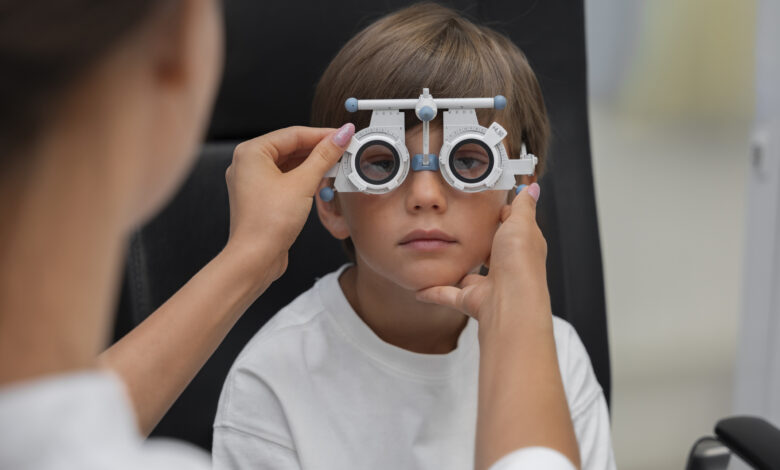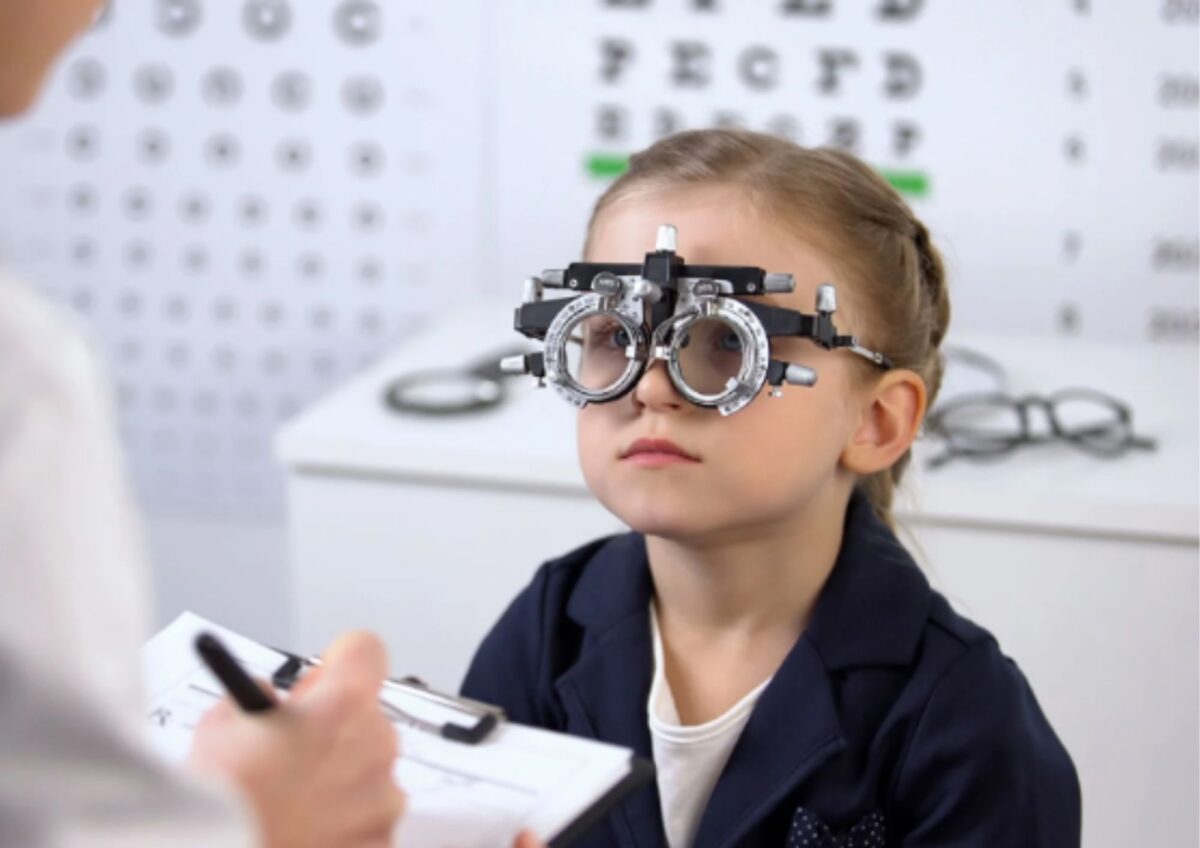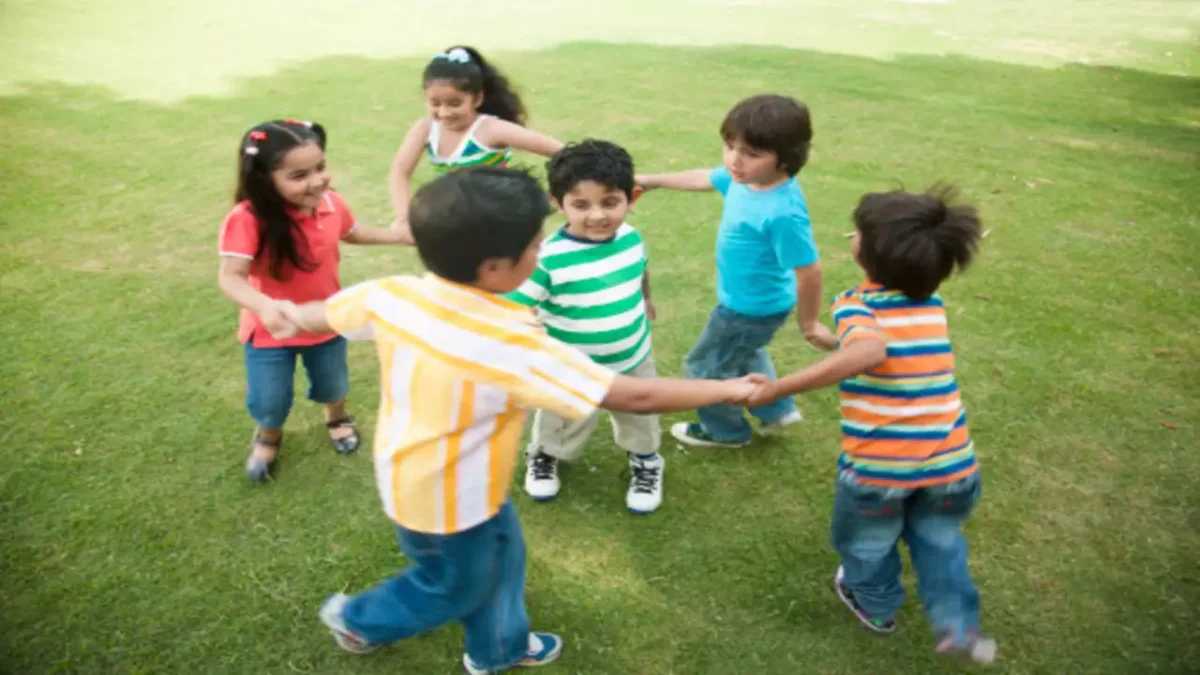Myopia – A Wake Up Call For Parents And Kids? 1 In Every 3 Children Is Affected Now!
Myopia or short-sightedness has affected more kids than ever before and it is partly due to COVID.

Myopia is sweeping through the young, affecting their vision to perhaps impact their health further down the line. The rates of shortsightedness, or myopia, have been gradually increasing since the turn of this century.
 1 in every 3 children now cannot see distant objects. According to a recent global analysis in the British Journal of Ophthalmology, this alarming trend has sent alarm signals ringing among health professionals and parents.
1 in every 3 children now cannot see distant objects. According to a recent global analysis in the British Journal of Ophthalmology, this alarming trend has sent alarm signals ringing among health professionals and parents.
The research, conducted on studies involving more than five million children and teenagers from 50 countries across six continents, revealed a tripling of cases since 1990. There is an astonishing 36% prevalence of myopia worldwide, with more than half of the world’s teenagers projected to be affected by 2050.
While the increasing prevalence of myopia in children and adolescents had long been a trend, the COVID-19 pandemic actually exacerbated the situation.
Lockdown and social distancing meant more screen time and less physical activity for children; that’s the perfect recipe for vision loss.
The British Journal noted a “particularly notable” increase in the myopia cases after the pandemic, where they emphasized that these changes in lifestyle really affected the ocular structure.
Looking At The Demographic Distribution of The Epidemic.
The geographical distribution puts into sharp contrast the prevalence of myopia: the epidemic is more significant in East Asia.
For example, 85% of children in Japan are myopic, while the figure for South Korea is 73%.
In both China and Russia, over 40% are myopic. Least affected are countries like Paraguay and Uganda at approximately 1%.
A mid-range figure is documented for western nations, including the UK, Ireland, and the US, where between 15% of children are expected to have this condition.
The reasons for this increase and the variation between regions are varied. While genetics certainly plays a large role in this sense, with children from myopic families three times more likely to suffer from the condition, increasingly environmental and lifestyle factors are identified as the huge cause of the myopia epidemic.
Age of entry into formal education is the key. In countries like Singapore and Hong Kong where children are schooled as early as at the age of two, myopia is much higher in such places.
Early schooling, can be surmised, focuses too much on near work such as reading and writing, thus developing eyes suffer from this. In Africa, myopia rates are seven times less prevalent than in Asia; typical school entry is between six and eight years.
Lifestyle or developmental related gender gap:
The distribution of this epidemic has also had a peculiar aspect as girls and young women have consistently shown the highest rates of myopia compared with boys.
Girls tend to spend relatively fewer hours outside playing during school and even at home, hence are much less exposed to most of the natural light and far distant visual stimuli. Additionally, girls typically tend to enter puberty earlier, hence myopia manifestation tends to be much earlier.
The myopia epidemic has repercussions that extend beyond childhood and adolescence. Huge prevalence in younger age groups could mean a rise in unusual eye conditions later in life, which would add to the burden experienced by healthcare systems globally. The long-term view is what makes it even more urgent to make the correction of the myopia crisis so that its more severe consequences are not thrust into the forefront in future health scenarios.
What Can Be Done To Counteract This Wave Of Increasing Myopia?
Well outside activities are the only thing that keeps proper vision alive, according to eye health experts.
 Children should spend most of their time outside every day-indeed, many of the most crucial periods are between the ages of seven and nine-to lower the chances of becoming short-sighted. The exact mechanism of action for these factors is unknown, but known benefits include several hours of natural light, exercise, and near-work avoidance contributing to healthy eye development.
Children should spend most of their time outside every day-indeed, many of the most crucial periods are between the ages of seven and nine-to lower the chances of becoming short-sighted. The exact mechanism of action for these factors is unknown, but known benefits include several hours of natural light, exercise, and near-work avoidance contributing to healthy eye development.
Regular eye check-ups will be something of the paramount elements in the control and prevention of myopia. Parents are advised to take their children for a sight test between the ages of seven and ten, even if their vision was checked at an earlier age. Early detection can lead to more effective management of the condition.
There are also remedies in place for the children who do end up becoming myopic. Glasses and contact lenses have been the standard treatments that can continue to aid children in regaining their vision but new approaches are being done to check the accelerating myopia of young children. There are special lenses that encourage the growth of the eyes in different ways and these appear very promising though their prices are very high, thereby limiting their use.
Parents and caregivers play a great role in keeping the eyes of their children safe. The first step is a level of awareness over the warning signs of developing myopia.
It includes having difficulty reading words on a board in school from a distance, sitting too close to the screen, frequent headaches, and staring hard at the eyes as if rubbing them. After these warning signs have appeared, one should seek a comprehensive eye examination immediately.
The myopia epidemic, looking forward into the future, poses a serious challenge to global eye health. For the surge in myopia rates projected all over the world, especially in developing countries, there has to be a concerted effort from the sides of practitioners, educators, and policymakers.
Further research will be needed in order to understand the complexity of the interplay of genetic, environmental, and lifestyle risk factors leading up to myopia. Knowledge from this research can then be utilized to further improve prevention and treatment programs.
The current increase of myopia in children is, in itself, a wake-up call for society to rethink how we consider approaching childhood development. Addressing the loss of children’s vision today will only lead to a decrease in the flow of this silent epidemic and make way for a brighter, clearer future for generations.
It is a challenge that is quite considerable; yet we can meet it head-on with increased awareness, innovative solutions, and collective effort.
But Is COVID To Blame Alone?
Well I don’t think so. There are other societal factors that must be inquired into.
In today’s economy, mostly both parents are working long hours to afford a good lifestyle for themselves and their kids. The Cost of living is so high and heavy taxes are to be paid as well.
 So when these parents finally reach their respective homes after tolerating the crazy hours of work and traffic jams in dreadful roads, they’ll not even try to come closer to children emotionally and let them be on phones so that they can rest for the next day of hectic work schedule. Earlier people used to force their kids to go outdoors and play but considering the increasing rate of crimes, day by day, parents don’t feel safe for their kids to play out in the open, so the screens are the easiest way to keep the kids busy and invested.
So when these parents finally reach their respective homes after tolerating the crazy hours of work and traffic jams in dreadful roads, they’ll not even try to come closer to children emotionally and let them be on phones so that they can rest for the next day of hectic work schedule. Earlier people used to force their kids to go outdoors and play but considering the increasing rate of crimes, day by day, parents don’t feel safe for their kids to play out in the open, so the screens are the easiest way to keep the kids busy and invested.
All these aspects of life raise important questions about the government policies and support systems.
Are our governments doing enough to help with these matters, maintain structures, and create conditions that help its citizens find work-life balance?




